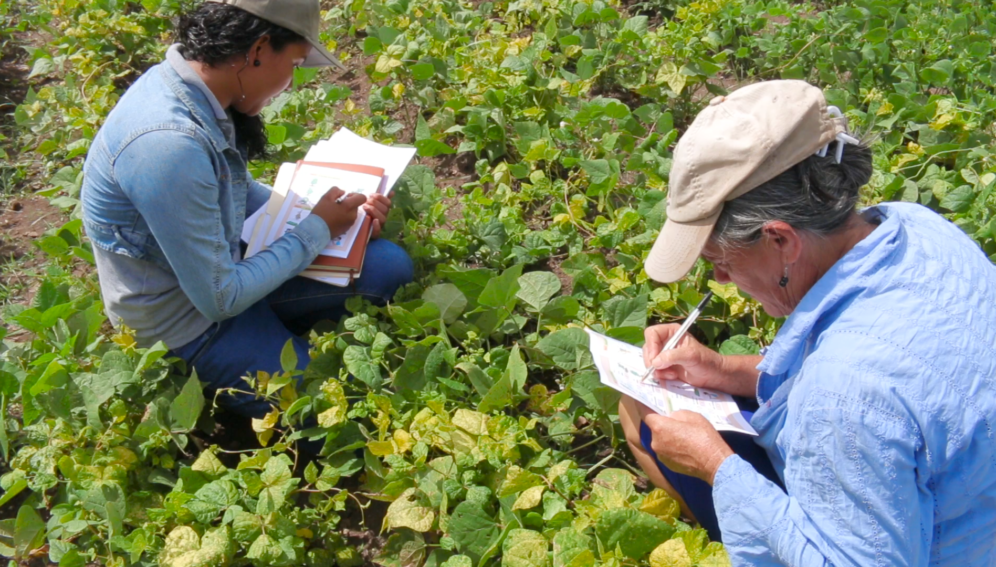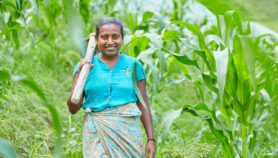By: Cecilia Rosen
Send to a friend
The details you provide on this page will not be used to send unsolicited email, and will not be sold to a 3rd party. See privacy policy.
This was the finding of a study on citizen science in agriculture using the new 'tricot' method – triadic comparisons of technologies – devised by global research organisation Biodiversity International.

The approach aims to test crop varieties and other technologies on the farm, under realistic conditions, using simple, hands-on experiments.
It was tested in different climates with common bean crops in Nicaragua, durum wheat crops in Ethiopia and wheat crops used for bread-making in India.
According to the paper, published in Proceedings of the National Academy of Sciences, farmers’ participation improves the selection of seeds suited to a particular climate, reducing the risk of crop failure.
Climate change is expected to reduce agricultural production by 2 per cent every decade until 2050, according to the Intergovernmental Panel on Climate Change, and its effects on the timings of seasons and rainfall is a growing concern for farmers.



To assess the performance of each variety, all of the almost 12,000 participants received a package containing three random varieties of a broader sample of seeds.
“Each farmer compares only three things, to keep things simple. But each farmer compares a different combination, so that you can get results about a whole set of crops,” explains Jacob van Etten, leading author of the study.
The research performed tests through different planting seasons, collecting data from 842 growers in Nicaragua, more than 1,000 in Ethiopia and another 10,000 in India.
Scientists linked this information with weather and soil data from each region, and were able to obtain recommendations on the use of each variety, according to different agroclimatic zones.
“This study… shows the enormous potential of citizen science in agriculture. ”
Jacob van Etten, Bioversity International.
According to Alma Piñeyro, who works for the department of agricultural and animal production at the Metropolitan Autonomous University, in Mexico, the method allows scientists to identify which seed varieties work in certain places and which could be useful in the future, during multiple planting cycles.
It could be useful for planting schemes where new seeds are acquired in each cycle, such as for some types of beans, peppers, and green and red tomatoes, says Piñeyro.“But it wouldn’t work in the case of farmers who have their own native varieties, that they sow year after year, who select them to improve adaptation,” she warns. This is the case in the farming of many corn crops in countries such as Mexico, Ecuador and Peru.



Piñeyro says the tricot method should be evaluated to see if it could be used not only for increasing crop production, but to maintain and diversify local seed varieties, while scaling data geographically to make it generalisable.
Farmers should not only be data collectors and observers, but “part of the decision-making process”, with their needs accounted for, she adds.
This piece was produced by SciDev.Net’s Latin America and Caribbean edition














